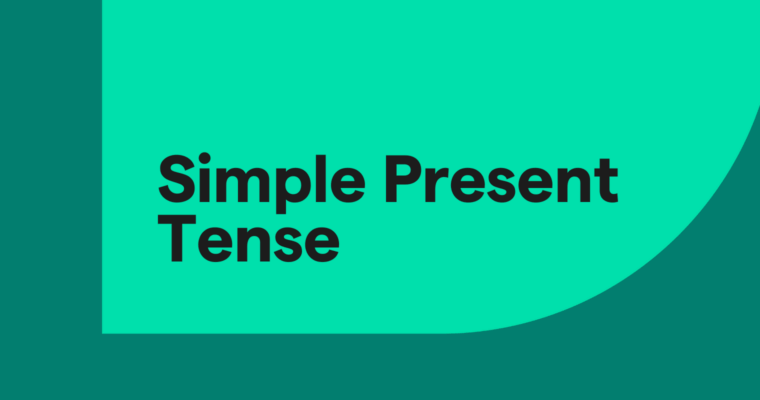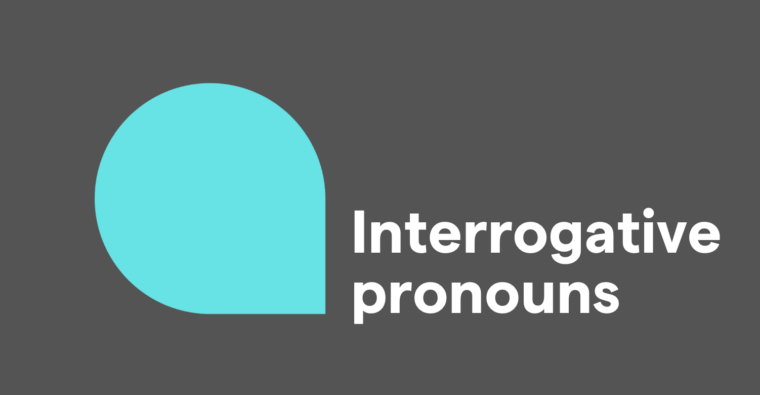
- The simple present is a verb tense with two main uses. Use the simple present tense when an action is happening right now or when it happens regularly (or unceasingly, which is why it’s sometimes called present indefinite).
- Use the root form of the verb for most subjects in the simple present tense. Add s or es for the third-person singular. Examples: He writes. She goes.
- To form negatives in the simple present, use do/does + not + [root verb] or contractions like don’t or doesn’t. Examples: I don’t like coffee. He doesn’t watch TV.
- For questions in the simple present, use the formula do/does + [subject] + [root verb]. Examples: Do they play soccer? Does she enjoy reading?
- The simple present describes habitual actions or general truths, while the present continuous describes actions happening now. Example: She writes daily. vs. She is writing now.
The simple present tense is one of the most essential verb tenses in English, used to describe actions happening right now, habitual occurrences, or general truths. Mastering the simple present is crucial for expressing everyday routines and facts. Here, we’ll explore how to form the simple present tense with clear examples and practical tips to help you use it correctly in any context.
Table of contents
What is the simple present tense?
How to form the simple present
How to make the simple present negative
How to ask a question in the simple present
Common verbs in the simple present
The verb to be in the simple present
What is the simple present tense?
The simple present tense is used to describe actions happening now or regularly. In the simple present, most regular verbs use the root form, except in the third-person singular (which ends in s or es).
The simple present tense is also used to describe habitual actions or occurrences.
Typically, when we want to describe a temporary action that is currently in progress, we use the present continuous:
How to form the simple present
Depending on whether it’s in first-person, second-person, or third-person, the simple present tense is typically formed by using the root form of a verb or by adding s or es to the end.
First-person in simple present
In the simple present tense, the first-person singular form of a verb typically adds I and uses the root form of the verb.
The first-person plural form of a verb typically adds we and uses the root form of the verb.
For most regular verbs, you put the negation of the verb before the verb.
The verb to be is irregular:
Second-person in simple present
In the simple present tense, the second-person singular form uses you followed by the root form of the verb.
The second-person plural form also uses you followed by the root form of the verb.
For most regular verbs, you put the negation of the verb before the verb.
The verb to be is irregular:
Third-person in simple present
In the simple present tense, the third-person singular form uses the subject he, she, or it, followed by the root form of the verb, often with an added s.
For a few verbs, the third-person singular ends with es instead of s. Typically, these are verbs whose root form ends in o, ch, sh, th, ss, gh, or z.
The third-person plural form uses the subject they followed by the root form of the verb.
For most regular verbs, you put the negation of the verb before the verb.
The verb to be is irregular:
How to make the simple present negative
The formula for making a simple present verb negative is do/does + not + [root form of verb]. You can also use the contractions don’t or doesn’t instead of do not or does not.
To make the verb to be negative, the formula is [to be] + not.
How to ask a question in the simple present
The formula for asking a question in the simple present is do/does + [subject] + [root form of verb].
Common verbs in the simple present
| Infinitive | I, You, We, They | He, She, It |
| to ask | ask / do not ask | asks / does not ask |
| to work | work / do not work | works / does not work |
| to call | call / do not call | calls / does not call |
| to use | use / do not use | uses / does not use |
| to have | have / do not have | has / does not have |
The verb to be in the simple present
| Infinitive | I | You, We, They | He, She, It |
| to be | am / am not | are / are not | is / is not |
Simple present tense FAQs
How do you form a negative in the simple present tense?
To form a negative in the simple present, use the formula do/does + not + [root verb] or contractions like don’t or doesn’t. Examples: She doesn’t like pizza. I don’t play soccer.
How do you ask questions in the simple present tense?
Questions in the simple present follow the formula do/does + [subject] + [root verb]. Examples: Do you like pie? Does she work here?
What’s an example of an irregular verb in the simple present?
The verb to be is irregular:
- I am / am not
- You, We, They are / are not
- He, She, It is / is not
What’s the difference between the simple present and the present continuous?
The simple present is used for habitual actions or general facts (Example: She writes daily.), while the present continuous describes actions in progress (Example: She is writing now.).






